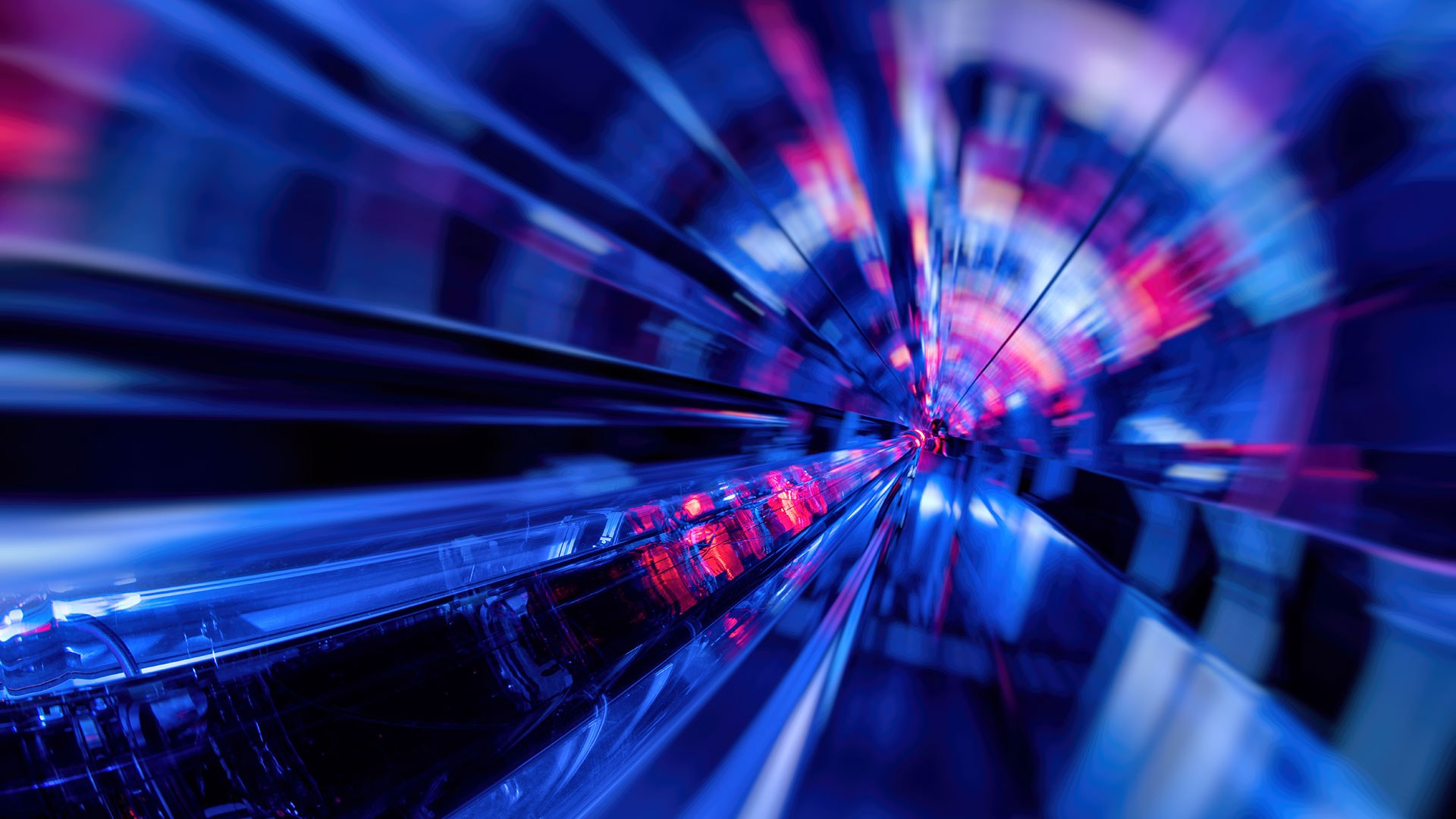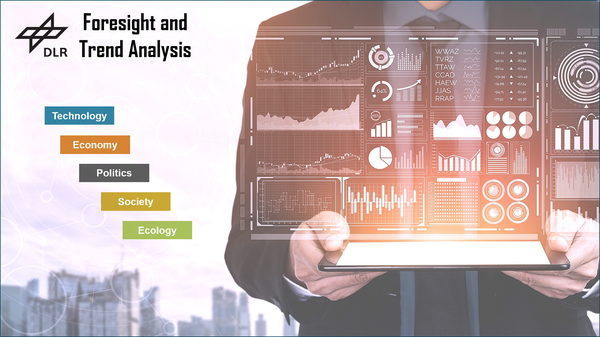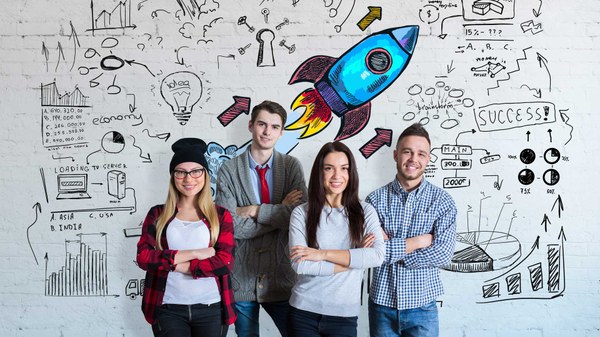Technology portfolio
With its interdisciplinary perspective and wide-ranging expertise in the fields of aeronautics, space, energy, transport, digitalisation and security, the German Aerospace Center (DLR) has an extensive service portfolio comprising technologies and expertise in hydrogen, quantum computing, climate neutrality, automation, future mobility and much more.





